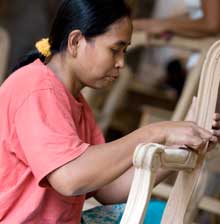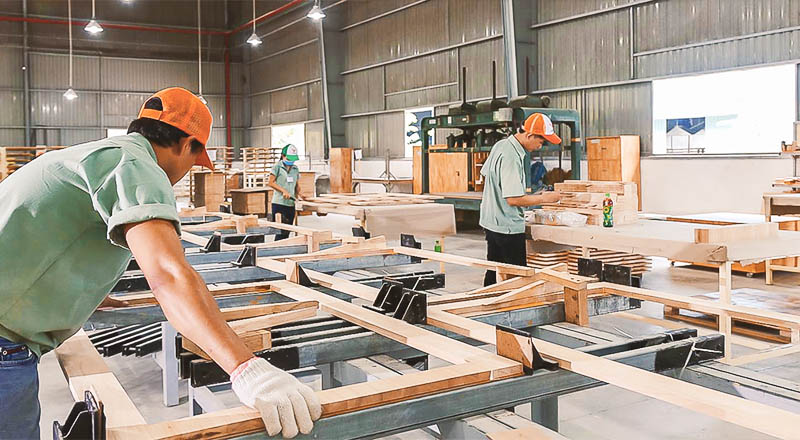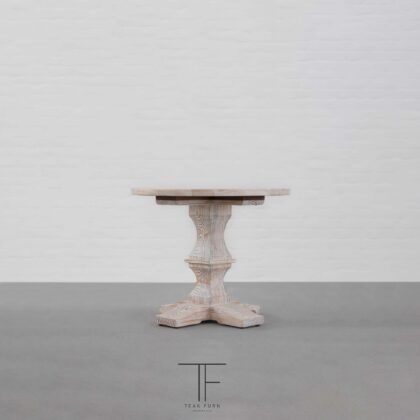
Jepara, located in Central Java, Indonesia, is well-known for its exceptional wood craftsmanship, particularly in furniture making. Over the centuries, Jepara furniture has been celebrated for its intricate carvings and timeless traditional designs, while also adapting to new furniture trends that blend classic artistry with modern aesthetics. Today, you can find Jepara furniture that blends classic elegance with contemporary aesthetics, making it a perfect addition to modern homes. This article explores five key trends in Jepara furniture that are ideal for modern interior design.
1. Minimalist Designs with Subtle Carvings
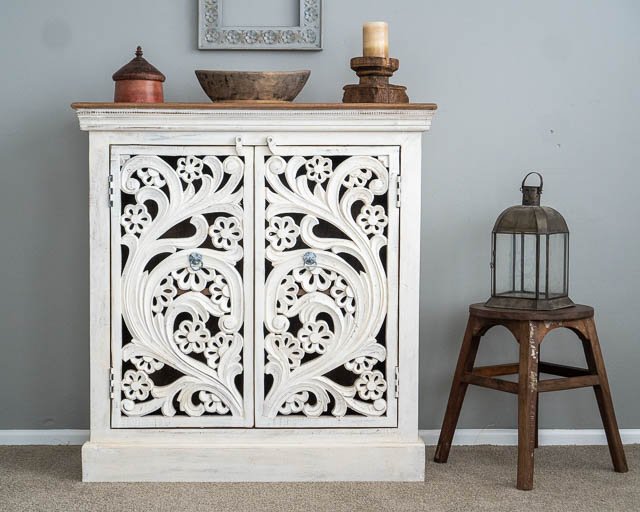
Minimalism has become a dominant trend in modern interior design. Clean lines, simple shapes, and functional furniture define minimalist spaces. However, this doesn’t mean that traditional details need to be left behind. Jepara furniture, known for its detailed carvings, can still fit into minimalist designs when the carvings are kept subtle and understated.
For example, a dining table with a simple, sleek structure but with soft floral or geometric carvings can add a touch of artistry without overwhelming the space. Similarly, minimalist-style cabinets or chairs with delicate carvings can bring in the elegance of Jepara craftsmanship without compromising the clean, modern look.
2. Premium Solid Wood for a Natural Touch
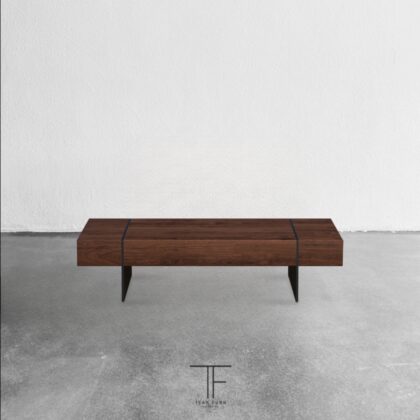
One of the defining features of Jepara furniture is the use of premium solid woods such as teak, mahogany, and rosewood. These materials are not only durable but also exude a sense of timeless luxury. In modern interior design, the trend of incorporating natural elements, especially wood, is growing.
Teak wood, in particular, is highly sought after for its strength and aesthetic appeal. Incorporating solid wood furniture into modern designs adds warmth and depth to any room, while still maintaining a contemporary vibe. A teak coffee table or a wooden chair with a simple, geometric design can serve as both functional pieces and artful accents in a modern living room.
3. Multifunctional and Modular Furniture

Modern living spaces, particularly in urban areas, often face space constraints. As a result, multifunctional and modular furniture has become increasingly popular. Jepara furniture manufacturers are now incorporating these elements into their designs, offering furniture that serves more than one purpose and can be adapted to different spaces.
For instance, a modular bookshelf that can be expanded or contracted depending on the available space or a sofa that doubles as a storage unit. This adaptability is key to modern interior design, and Jepara furniture’s robust craftsmanship ensures that these pieces remain both functional and stylish. This trend of multifunctional pieces adds versatility to modern homes without sacrificing the quality and beauty that Jepara furniture is known for.
4. Neutral and Natural Color Palettes
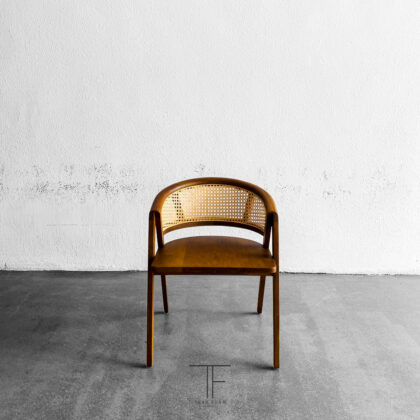
Color plays a significant role in modern interior design. Neutral tones such as whites, grays, beige, and soft browns dominate contemporary spaces for their ability to create a calming and spacious atmosphere. These neutral tones blend perfectly with Jepara furniture, especially those with natural wood finishes.
Wooden furniture with light to medium finishes, such as natural teak or walnut, complements a neutral color palette, enhancing the modern aesthetic. Additionally, darker woods like mahogany can add a touch of elegance when paired with lighter, minimalistic elements in the room. These natural wood finishes also work well with other materials, such as glass and metal, to create a balanced and harmonious space.
5. Metal Accents and Material Combinations
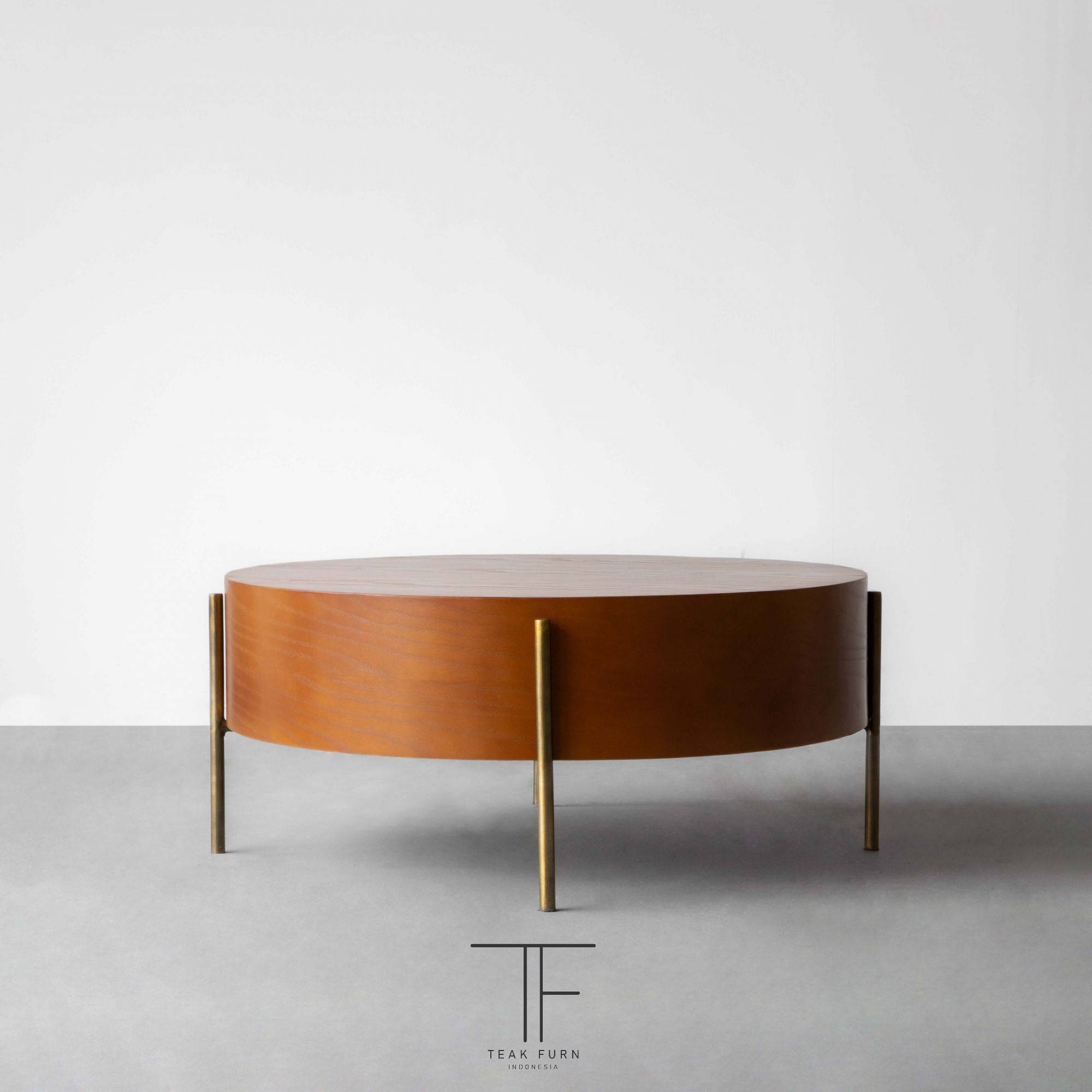
While wood remains the centerpiece of Jepara furniture, integrating metal accents has become a major trend in modern interior design. Metals such as brass, gold, or silver are now being used in combination with traditional wood to create unique, stylish pieces that stand out in contemporary spaces.
For example, a wooden dining table with metal legs, or a bookshelf that combines wooden shelves with metal frames, offers an interesting contrast that elevates the overall design. This combination of wood and metal is not only visually appealing but also adds an industrial yet sophisticated touch to any room. The marriage of these materials gives Jepara furniture a modern update without losing its traditional charm.
Conclusion
Jepara furniture is no longer confined to traditional designs. As interior design trends evolve, Jepara furniture has successfully adapted to fit modern homes while still retaining its cultural heritage. By embracing minimalist designs, natural wood finishes, multifunctional pieces, neutral color palettes, and metal accents, Jepara furniture seamlessly blends with contemporary interiors. Whether you’re looking to furnish a minimalist apartment or a modern family home, Jepara furniture offers the perfect balance of craftsmanship, functionality, and aesthetic appeal.
By incorporating these furniture trends into your home, you can create a sophisticated and inviting space that combines the best of both worlds: traditional craftsmanship and modern design.

